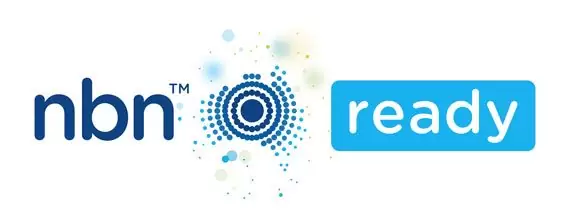A guide for Australian educators to upgrade to modern school telephone systems
Traditional school telephone systems, with their limited lines and basic functionality, are rapidly becoming obsolete in the face of technological advancements. Consider this: in 2023, it was reported that 50% of businesses have migrated their workloads to the cloud with 7% stating their intention to follow suit in 2024.
The pattern that these figures present isn’t just limited to business enterprises. As schools grow and communication needs evolve, educators are also turning to cloud-based systems that offer flexibility, scalability, and a host of other features designed to meet the unique requirements of educational institutions.
By upgrading to the modern cloud based phone systems, schools can enhance their communication capabilities, improve emergency preparedness, and create a more connected learning environment.
Let’s take a closer look at how schools can successfully shift to cloud-based communication systems.
Implementing Voice over Internet Protocol (VoIP) technology
One of the most significant advancements in telephone technology is the shift from traditional landlines to VoIP systems. VoIP utilises the school's existing internet connection to transmit voice calls, eliminating the need for separate phone lines. This technology forms the backbone of modern school telephone systems, offering improved call quality and reliability.
For Australian educators looking to upgrade, implementing VoIP is often the first step. The process involves assessing the school's current internet infrastructure to ensure it can support VoIP traffic. Many schools find that their broadband connection is sufficient, but some may need to upgrade to a faster or more stable internet service. Once the infrastructure is in place, schools can work with VoIP providers to set up the system, which typically includes installing IP phones or softphone applications on computers and mobile devices.
The benefits of VoIP for schools are numerous. It significantly reduces communication costs by eliminating traditional phone line rental fees and offering competitive call rates, especially for long-distance and international calls. VoIP also provides greater flexibility, allowing staff to make and receive calls from anywhere with an internet connection, which is particularly useful for remote learning scenarios or when staff are off-campus.
Integrating unified communications platforms
Modern telephone systems in schools go beyond simple voice calls. By integrating unified communications platforms, schools can create a comprehensive communication ecosystem that includes voice, video, messaging, and collaboration tools. This integration is crucial for creating a seamless communication experience for staff, students, and parents.
Australian educators can upgrade their systems by selecting a unified communications platform that caters to educational needs. These platforms often include features such as video conferencing, instant messaging, file sharing, and even virtual classrooms. The implementation process involves setting up the platform on the school's network and providing training to staff and students on how to use the various features effectively.
The benefits of unified communications in schools are far-reaching. Teachers can easily collaborate with colleagues, conduct virtual parent-teacher meetings, and facilitate remote learning when necessary. Administrative staff can manage communications more efficiently, with features like call routing and voicemail-to-email transcription. Plus, these platforms often integrate with existing school management systems, allowing for streamlined operations and improved data management.
Enhancing emergency communication capabilities
In the current climate, school safety is a top priority, which means upgrading school telephone systems to include advanced emergency communication features is crucial. Modern systems offer sophisticated emergency notification capabilities that can make a difference in crises.
To upgrade in this area, Australian schools can implement systems that include features such as panic buttons, lockdown alerts, and mass notification systems. These can be integrated with existing security infrastructure, such as surveillance cameras and access control systems. The implementation process typically involves working closely with security experts and local emergency services to ensure that the system meets all safety requirements and protocols.
The benefits of enhanced emergency communication are clear. In the event of an emergency, staff can quickly initiate lockdown procedures, notify authorities, and communicate with the entire school community simultaneously. These systems often allow for targeted communications, ensuring that specific groups receive relevant information quickly. Additionally, many modern systems include features for post-incident reporting and analysis, helping schools continually improve their emergency response procedures.
Leverage cloud-based management and scalability with school telephone systems
Cloud-based management is a key feature of modern school phone systems, offering unparalleled flexibility and scalability. By moving telephone system management to the cloud, schools can easily adapt to changing needs and grow their communication capabilities without significant hardware investments.
FAQs
How much does it cost to upgrade to a modern school telephone system?
The cost of upgrading varies depending on the size of the school and the features required. However, many schools find that the long-term savings on call costs and maintenance offset the initial investment. It's best to get quotes from several providers to find a solution that fits your budget.
Will staff need extensive training to use the new system?
While modern systems offer many new features, they are typically designed to be user-friendly. Most providers offer training sessions and ongoing support. Staff generally find that the intuitive interfaces make the transition smooth and manageable.
Can we keep our existing phone numbers when upgrading?
Yes, in most cases, you can retain your existing phone numbers when upgrading to a new system. This process, known as number porting, is a standard feature offered by most modern telephone system providers.



